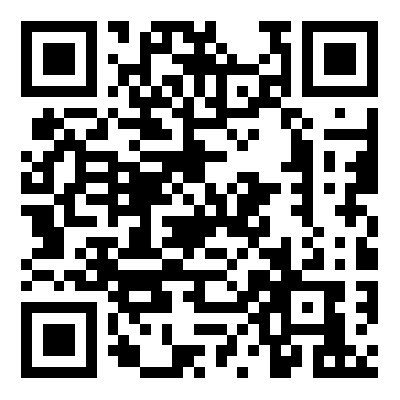LED Aluminum Profiles processing technology and precautions
2023-10-18
LED aluminum profiles are commonly used for housing and protecting LED light strips, providing structural support, and acting as a heat sink to dissipate heat generated by the LEDs. Here are the processing technology and precautions for working with LED aluminum profiles:
Processing Technology:
1. Cutting: Measure and mark the desired length of the LED aluminum profile. Use a saw or a cutting tool suitable for aluminum to make precise cuts. Ensure that the cutting tool is appropriate for the profile's thickness and shape. Use clamps or a vise to secure the profile during cutting.
2. Drilling: If you need to create holes for mounting or wiring purposes, mark the locations on the profile. Use a drill with a suitable drill bit to make clean holes. Take precautions to avoid damaging the profile's surface or structure.
3. Deburring: After cutting or drilling, deburr the edges and remove any sharp burrs or rough edges using a file or sandpaper. This step ensures a smooth and safe finish.
4. Tapping: If you need to create threaded holes for screws or mounting brackets, use a tap and die set designed for aluminum. Follow the instructions and precautions for tapping threads to avoid damaging the profile or creating misaligned threads.
5. Surface Treatment: LED aluminum profiles often come with different surface finishes, such as anodized or powder-coated finishes. Avoid processes that could damage or compromise the surface finish, such as excessive sanding, scratching, or using abrasive cleaners.
Precautions:
1. Safety Measures: Always prioritize safety when working with LED aluminum profiles. Wear appropriate personal protective equipment (PPE), including safety glasses, gloves, and ear protection. Take precautions to prevent injuries from sharp edges or flying debris during cutting, drilling, or tapping.
2. Proper Tools: Ensure that you have the right tools for the job. Use sharp saw blades or cutting tools designed for aluminum to achieve clean and precise cuts. Select drill bits and taps suitable for aluminum to avoid damaging the profile.
3. Secure Fixing: When cutting or drilling LED aluminum profiles, secure them firmly using clamps, a vise, or a suitable workholding method. This prevents the profile from moving or vibrating during processing, ensuring accurate cuts and minimizing the risk of accidents.
4. Chip Removal: During cutting or drilling, aluminum chips may be generated. Remove these chips regularly to maintain a clean work area and prevent them from interfering with the cutting or drilling process.
5. Careful Handling: Handle LED aluminum profiles with care to avoid scratching or denting the surface. Use soft materials or protective covers when placing profiles on hard surfaces to prevent damage.
6. Thermal Considerations: LED aluminum profiles act as heat sinks, dissipating heat generated by the LEDs. When cutting or drilling profiles, avoid damaging the heat sink structure or obstructing the airflow through the profile. This ensures effective heat dissipation and prevents overheating of the LEDs.
7. Quality Assurance: Inspect the finished LED aluminum profiles for any defects, such as sharp edges, rough surfaces, or misaligned holes. Ensure that the profiles meet the required specifications and quality standards before using them for LED lighting installations.
Remember to refer to the specific guidelines provided by the manufacturer of the LED aluminum profiles to ensure proper processing techniques and precautions for the specific profile model you are working with.


